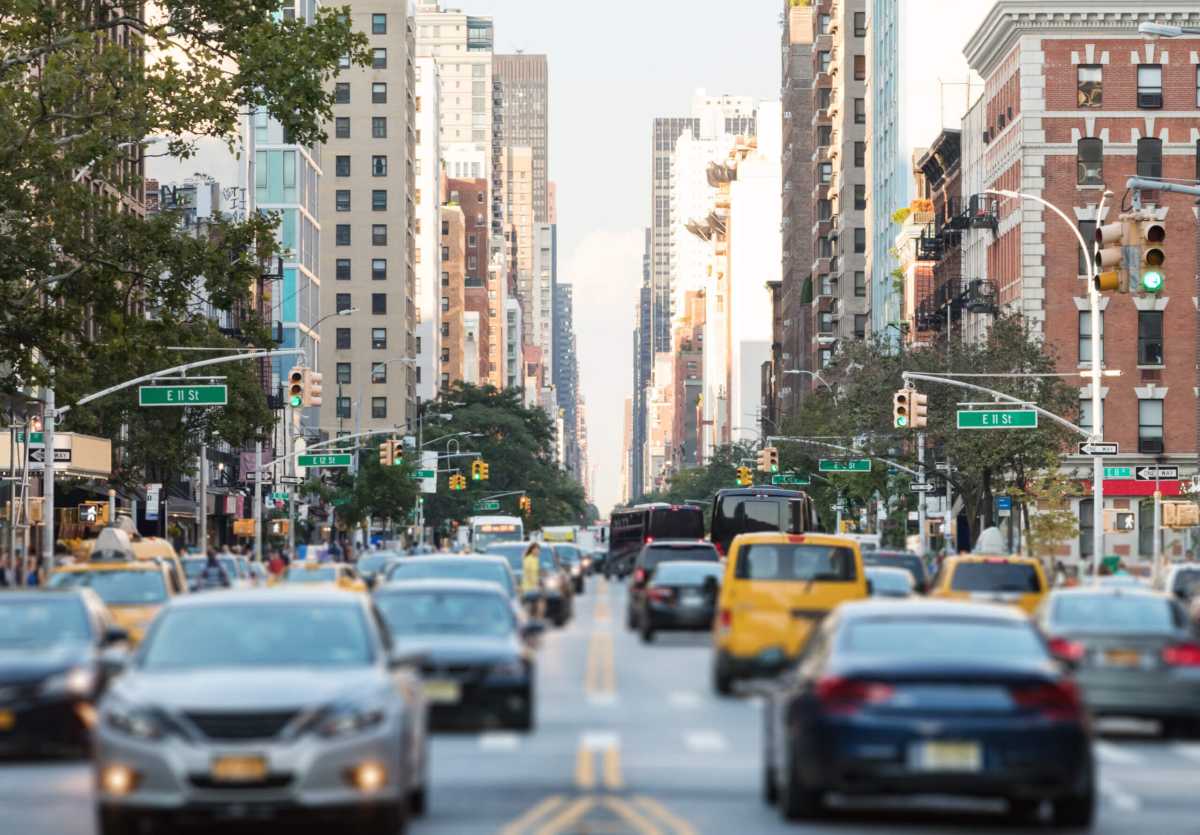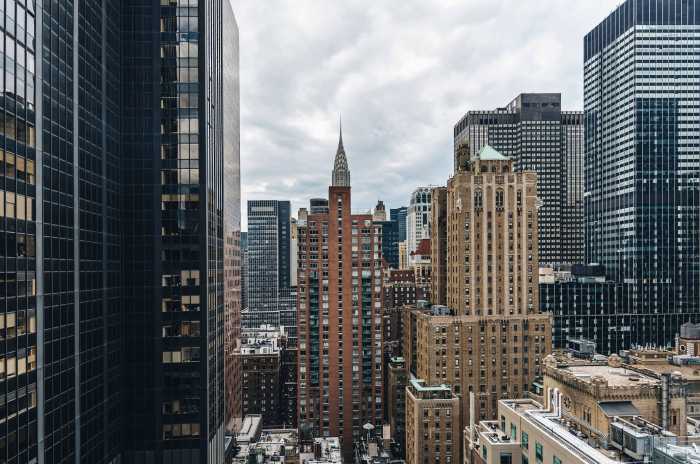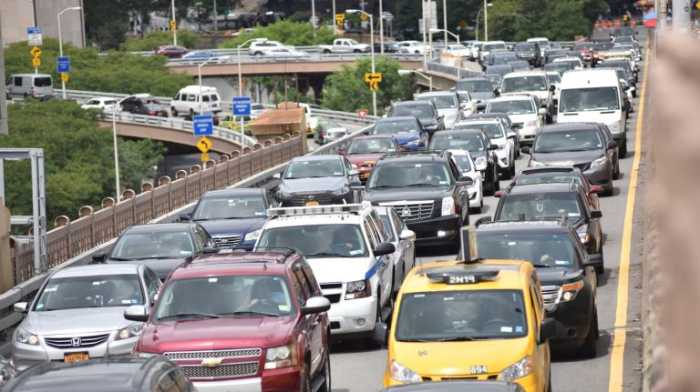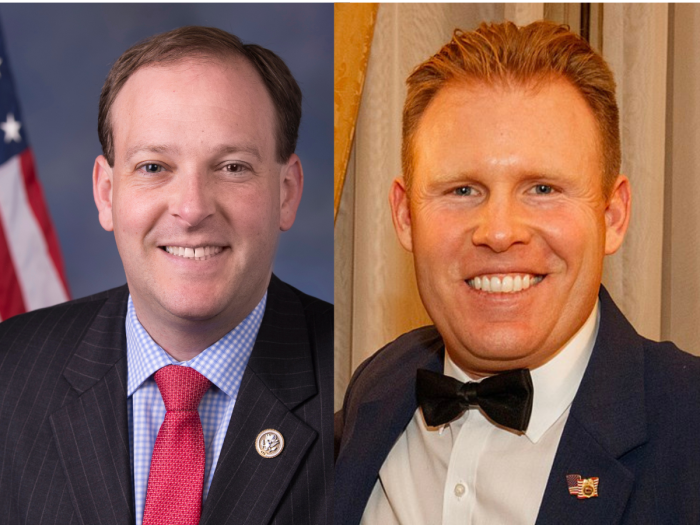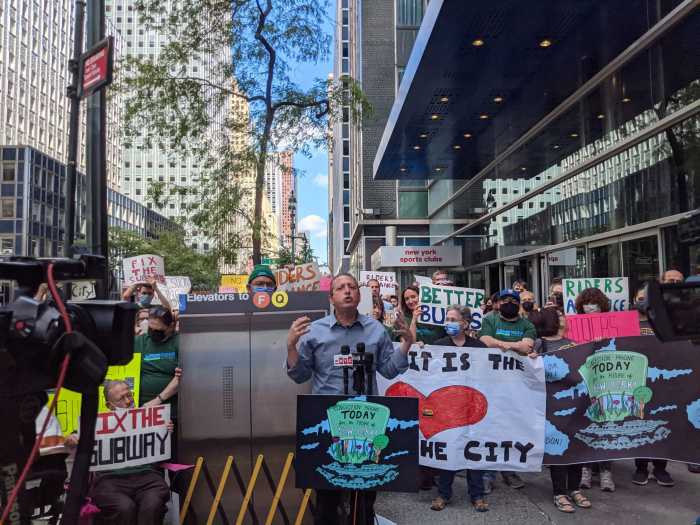Congestion pricing is likely to go into effect by the middle of next year now that the plan has received full federal approval, MTA Chair and CEO Janno Lieber said on Tuesday.
The final toll rates and complex array of rules governing the program still must be finalized by the MTA’s Traffic Mobility Review Board (TMRB), but Lieber told reporters following an event with Governor Kathy Hochul in Manhattan — where they celebrated the plan’s approval by the Federal Highway Administration — that it has issued a notice to the contractor hired to build the tolling infrastructure, TransCore, to proceed with implementation on a 10-month timeline.
“The notice to proceed is being issued, because we hit this important milestone, to our contractor, who has fully designed the whole system of cameras and sensors, and the whole back office computer system so that we can process payments,” Lieber told reporters at New York University. “And they have 310 days under the contract to implement that. So that’s why we believe we should be ready to go in about ten months from now, and we fully intend to comply with that schedule.”
That means, if all goes according to plan, the MTA expects to start tolling drivers entering Manhattan’s central business district south of 60th Street on or about May 2, 2024.
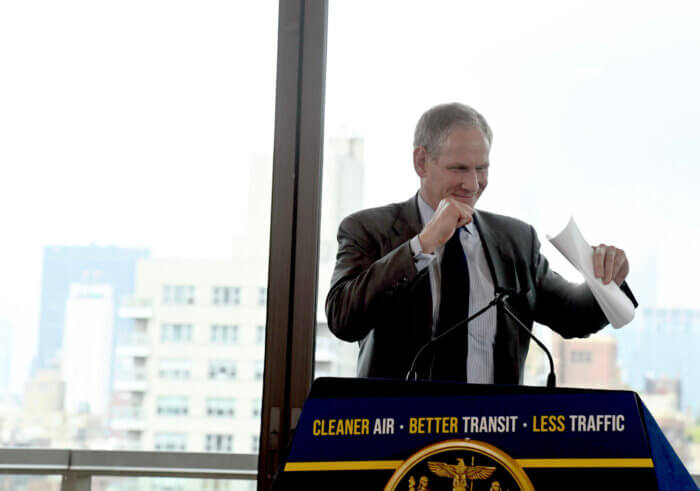
But nothing can be taken for granted with a proposal originally approved in 2019 and planned for implementation in 2021, before hitting a wall with federal regulators under the Trump administration and facing a slow environmental review process under the Biden administration.
Contractor trouble is possible, though Lieber said Transcore has already fully designed its tolling arrays and billing infrastructure.
A more likely deterrent from an on-time arrival is legal trouble: New Jersey Governor Phil Murphy has retained the services of high-powered attorney Randy Mastro — who previously defended Murphy’s predecessor Chris Christie during the Bridgegate scandal at a $650 hourly rate — and suggested he is teeing up a lawsuit to stop the program that New Jersey officials have deemed a threat to their way of life.
“The Federal Highway Administration’s decision to green-light the MTA’s proposed tolling program marks yet another slight against hardworking New Jerseyans in favor of an agency concerned not with removing vehicles from our roads, but with lining its own coffers,” Murphy said.
Hochul, on the other hand, cast an elated tone at the NYU event celebrating the feds’ “Finding of No Significant Impact,” or FONSI, which essentially means the Biden administration agrees that any localized environmental impacts of congestion pricing are outweighed by the larger regional reduction in carbon emissions the program is expected to bring.
“Because of the action we’re taking today, millions of New Yorkers, millions of New Yorkers, will lead happier, safer, less stressful lives,” Hochul said. “More vehicles have come back than we had even before the pandemic. Now, that’s a sign of life, but these vehicles have another alternative. An incredible alternative called public transportation!”
Hochul noted the manifold reasons lawmakers and the MTA pursued the program in the first place, aiming to reduce punishing congestion in the busiest part of the nation that also leads to massive amounts of carbon emitted into the atmosphere. The money collected from those who still choose to drive into the CBD will be dedicated to the MTA’s capital budget to invest in maintaining and expanding the aging system, such as replacing Great Depression-era train signals and making subway stations accessible for people with disabilities.
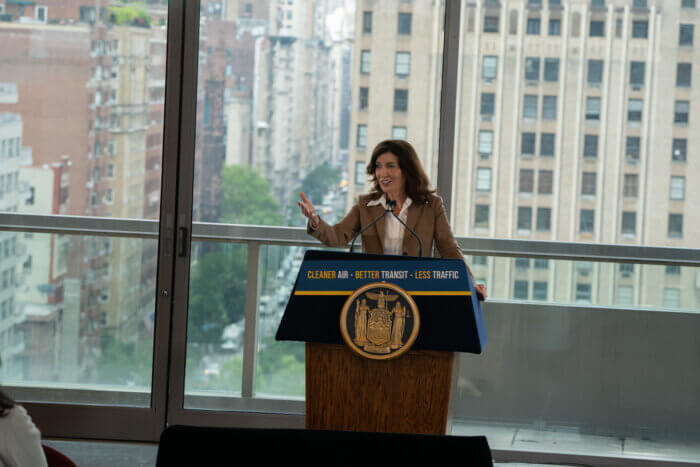
“We talk about being first in the nation. A couple other places have done it globally. We’ve watched them,” said Hochul, noting the programs in London and Stockholm reduced congestion by up to 20%. “That’s why we know this will work here.”
Both Hochul and Lieber declined to comment on potential litigation from New Jersey.
There’s still much work to do, though, before the program can be implemented. The TMRB must meet to deliberate on the final tolling rates; the MTA’s environmental assessment pegged a range of $9-23 for cars, motorcycles, and commercial vans; $12-65 for small trucks; and $12-82 for large trucks. The TMRB must also finalize rules and decide which, if any, of the 100 exemption requests it’s received to grant.
Examples to be considered include those who already pay existing tolls on crossings into Manhattan, as well as yellow cab and for-hire vehicle drivers who already pay a congestion charge to cross into the central business district. Yellow cabs pay $2.50 while for-hire vehicles pay $2.75, in addition to annual commercial vehicle taxes.
“The yellow cab industry has paid its fair share and financially will be devastated with a third tax,” Bhairavi Desai, president of the New York Taxi Workers Alliance, told amNewYork Metro at the governor’s NYU event. “We’re talking to some of the staff members from the governor’s office, we’re gonna be reaching out to the members of the TMRB that are gonna make the actual recommendation, and we’re planning more protests. This isn’t over.”
On Tuesday, Lieber said that the TMRB will start having public meetings and performing its wide-ranging analyses within the next few months, but didn’t give a detailed timeline.



